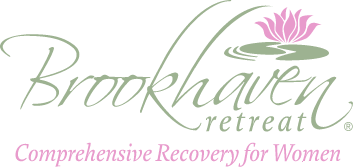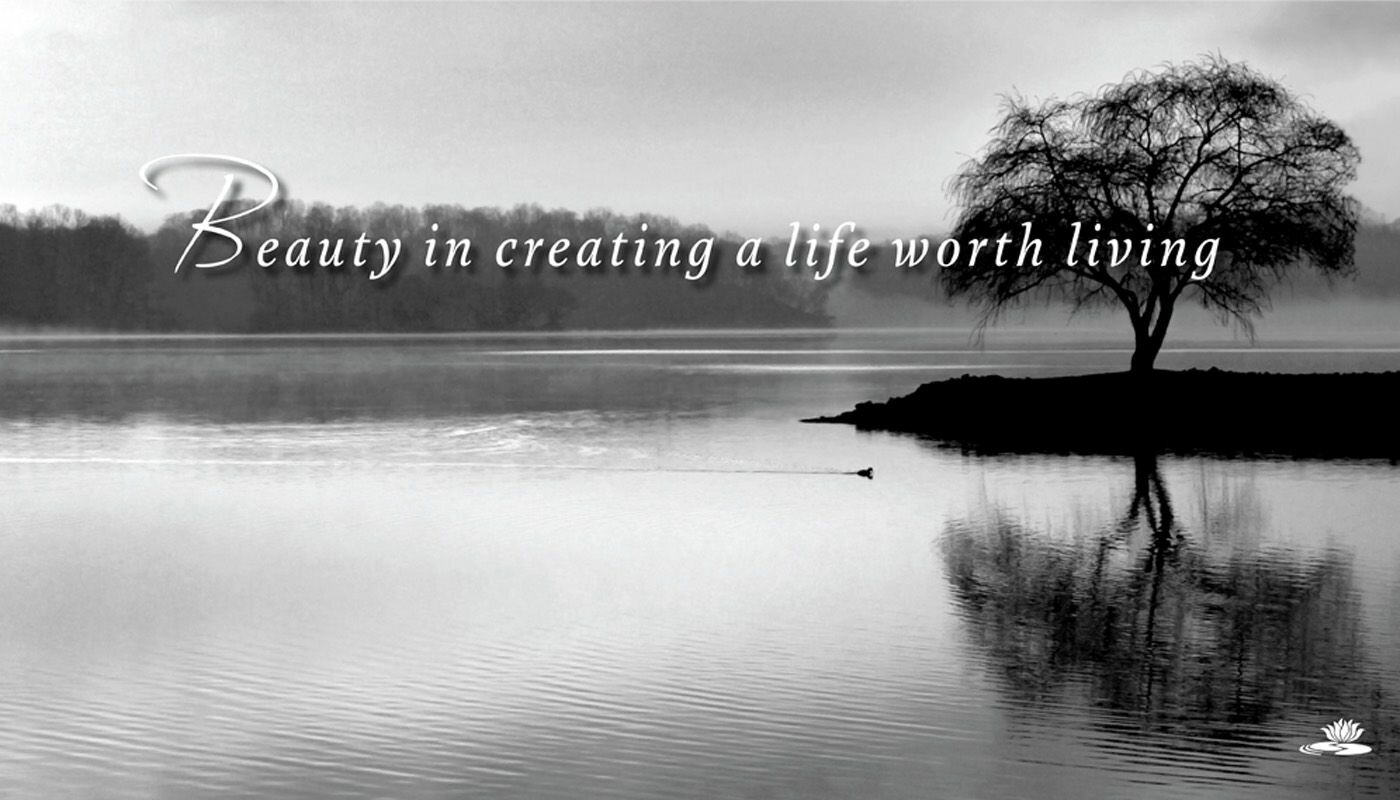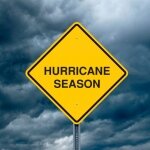
Can you imagine how different the world would be without the atrocity of child abuse? I have to believe there would be considerably less drug and alcohol abuse without the need to numb the pain of such an awful challenge to one’s mental health. If ever we think of such possibilities, especially those of us who have never been victims of any kind of abuse, we should ponder them during the month of April, when Child Abuse Prevention Month is observed.
The first National Child Abuse Prevention Week was observed in 1982. The following year, April was proclaimed the first National Child Abuse Prevention Month. This year of 2015 marks the 40th anniversary of the Child Abuse Prevention and Treatment Act. Although great strides have been made to eradicate child abuse, as long as there are people in the world, there will be abusers. It is a sad fact that assuming a child is not killed by an abuser, victims grow up to be adults and trauma manifests in many ways, sometimes throughout their lives. Perhaps the best case scenario is that relationships are difficult to navigate and trust issues are impossible to shake. Then, of course, there are worse outcomes that bleed into every aspect of life and the ability to function well.
Although there is no single diagnosis or condition that describes the psychological effects of child abuse, adult survivors of child abuse are often diagnosed with multiple psychological conditions, many which overlap. Over the last thirty years, research studies have documented the link between child abuse and mental illness in later life. But the actual impact of the type of abuse one sustains depends on a variety of factors, such as the type and severity of abuse, one’s relationship to his or her abuser, the victim’s family life, among other things. These factors either worsen the outcome or enable a healthy outcome. In other words, not everyone who is abused is ruined for life.
Childwelfare.gov has posted a timeline of events related to child abuse and the progress that has been made over the years. Perhaps one of the most important of the significant dates is Jan. 31, 1974, when President Richard Nixon signed the first Federal child protection legislation, CAPTA, which marked the beginning of a new national response to the problem of child abuse and neglect.
Yet, according to data collected by Child Protective Services, the problem is still rampant and the numbers are repulsive. In 2012, there were 3.8 million children investigated for maltreatment, while 678,810 were reportedly victims of abuse or neglect.
In an effort to step out of the problem and into the solution, Childwelfare.gov has also provided the 2015 Prevention Resource Guide: Making Meaningful Connections, which was developed to support community-based child abuse prevention professionals who work to prevent child maltreatment and promote well-being.
In the guide is a tip sheet for parents and caregivers about how to prevent child abuse. We as parents need to be aware that boys and girls of all ages in all kinds of neighborhoods and communities are potential victims. Abusers may go about it creatively so the child doesn’t even realize what’s happening until it’s too late. Then, there may be other creative tactics for keeping the abuse quiet. But here are some things you can do to help you protect your children and help them protect themselves.
- Teach your children to talk to you about everything. Let them know it’s OK. Make them feel comfortable. Keep on top of their activities and make sure you know the adults in charge of the activities. Stay alert.
- Keep an eye out for “grooming” behaviors in adults who spend time with your child. There may be warning signs such as ignoring your child’s need for privacy or handing out gifts or money for no particular reason. Make sure your child is spending minimal one-on-one time with any other adults you don’t know very well. Be inquisitive about how staff members or volunteers are screened and supervised.
- Teach your children about inappropriate touching. Let them know that if it ever happens it’s very important for you to know immediately because it is wrong and could hurt them. Teach them how to take care of themselves so they don’t have to rely on the help of an adult stranger, or even another child.
- Also keep an eye out for possible signs of abuse, such as unexplained pain, itching, redness or bleeding, nightmares or bedwetting, withdrawn behavior, mood swings, loss of appetite, anxiety or depression, a sudden need to avoid certain people or places, or a sudden increased awareness of adult topics.
- Teach your children the difference between good secrets, like birthday surprises, and bad secrets, such as anything that makes them feel unsafe or uncomfortable or upset in any way.
- Monitor your child’s use of technology such as computers, cell phones, text messaging and online instant messaging of any kid. If you don’t recognize someone’s name on your child’s list of contacts, ask. Check regularly.
- Trust your instincts. If you don’t feel right about leaving your child with someone, even if there’s no obvious reason not to, don’t do it. Trust yourself. If you are concerned, there’s likely a reason. Parents have intuition surround their children’s well-being. Use it before problems arise.
If your child admits that he or she has been abused, stay focused and calm, thank them for telling you and report the abuse immediately. Never blame your child. But don’t blame yourself either. Remember to get out of the problem and into the solution as quickly as possible. Keep your children safe. It’s a full-time job.
























































